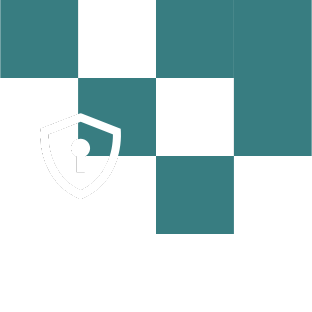SAP Patch Day
A Complete Guide to SAP Security Notes
Intro to SAP Patch Day
Overview of SAP Security Notes and SAP Patch Day
SAP launched a regular SAP Security Patch Day, scheduled for the second Tuesday of every month — which has been synchronized with the Security Patch Day of other major software vendors, based on feedback from customers.
On these SAP Patch Days, SAP publishes software corrections as SAP Security Notes, focused solely on security to protect against potential weaknesses or attacks. SAP recommends that organizations implement these corrections as a priority for strong SAP Security.


Importance of SAP’s monthly security updates
The importance of SAP’s monthly security updates is vital to SAP’s integrity and the organization as whole. It’s of the utmost importance for SAP to hold themselves to the highest standard of security, and ensuring all users of their solutions have patches readily available is paramount.
Why organizations need to stay up to date with SAP patches
To protect themselves from threats, organizations must prioritize patching as a baseline of defense. Research shows that patching regularly can positively affect overall security, because threat actors are actively targeting SAP and creating exploits to take advantage of unpatched systems.

Understanding SAP Patch Day
Why SAP Security Notes Matter
Risks of Not Applying Patches
Not applying SAP Security Note patches introduces several risks, including:
Mitigation Strategy
Keeping systems up-to-date with security patches is essential for safeguarding critical business applications and minimizing cybersecurity risks.
How attackers target unpatched SAP systems
Threat actors exploit unpatched SAP systems using various tactics to gain unauthorized access, compromise data, or disrupt operations. Below are common methods they use to attack these systems:
Attack Scenarios
Mitigation Measures
Unpatched SAP systems are lucrative targets for attackers. Maintaining an updated patching process and robust security posture can mitigate these risks effectively.
How to Implement SAP Security Notes Effectively
Best practices for analyzing and prioritizing patches
Each month, SAP releases their Security Notes and your team is responsible for analyzing and prioritizing patches.
Analyzing and prioritizing SAP Security Note patches is critical to ensuring timely remediation of vulnerabilities while minimizing disruption to business operations. Below are best practices for effectively managing this process:
By following these best practices, you can ensure a proactive, efficient, and secure approach to managing SAP Security Note patches, reducing the risk of vulnerabilities while maintaining system stability.
Challenges in SAP Patch Management
Common Reasons for Delayed Patching
Delays in SAP patching are a common challenge for organizations and can be caused by a variety of technical, operational, and organizational factors. Here are some common reasons for delayed SAP patching:
Mitigation Strategies
- Automate Patch Management: Use tools like SAP Solution Manager and Onapsis to streamline patch monitoring and application.
- Enhance Testing Capabilities: Invest in test environments and automated regression testing.
- Educate Stakeholders: Raise awareness about the risks of delayed patching to ensure buy-in from decision-makers.
- Prioritize Critical Patches: Develop a risk-based approach to address high-priority vulnerabilities first.
- Strengthen Change Management: Optimize approval processes to balance agility and control.
Addressing these challenges proactively can significantly reduce delays and improve the overall security posture of your SAP systems.
How Onapsis Helps with SAP Security Notes & Patch Management
Onapsis provides comprehensive solutions to streamline SAP Security Notes and patch management processes, ensuring organizations can address vulnerabilities efficiently and maintain robust security. The ultimate goal is helping organizations prioritize and automate patching. Here’s how Onapsis helps:
By addressing these critical aspects of SAP Security Notes and patch management, Onapsis empowers organizations to mitigate risks, ensure compliance, and maintain the integrity of their SAP environments.
Frequently Asked Questions (FAQ)
Where to find the latest SAP Security Notes?
The latest SAP Security Notes can be found on SAP.com and analysis can be found here on the Onapsis blog.
Take Action: Secure Your SAP Environment with Onapsis
Contact Us
to discuss how Onapsis solutions can enhance your SAP security posture
